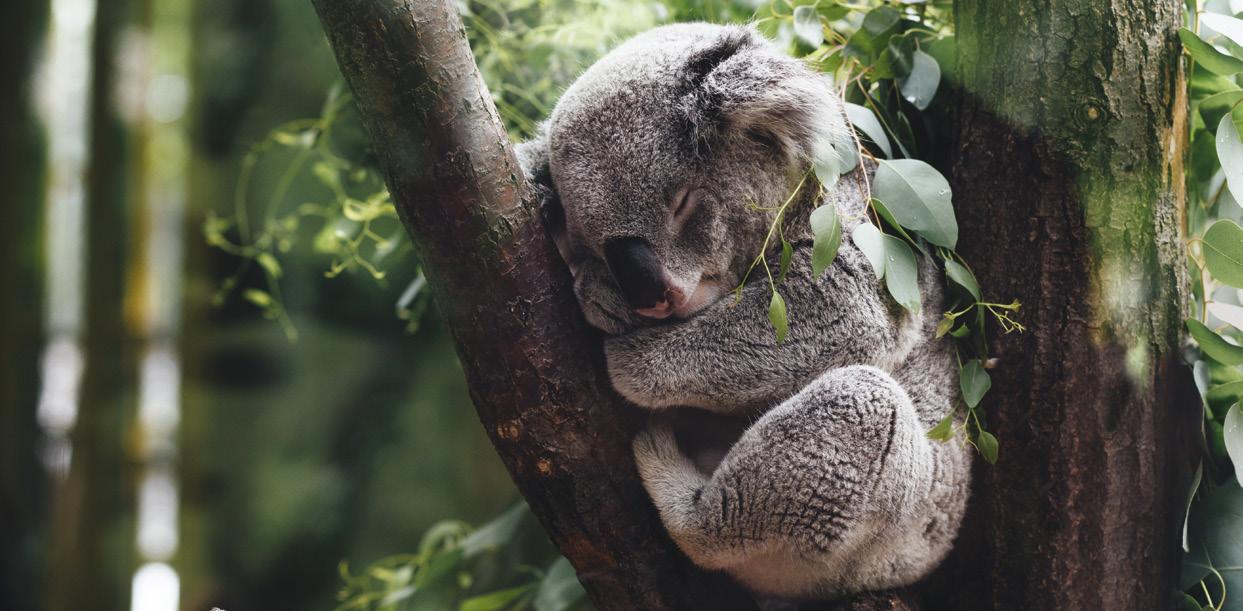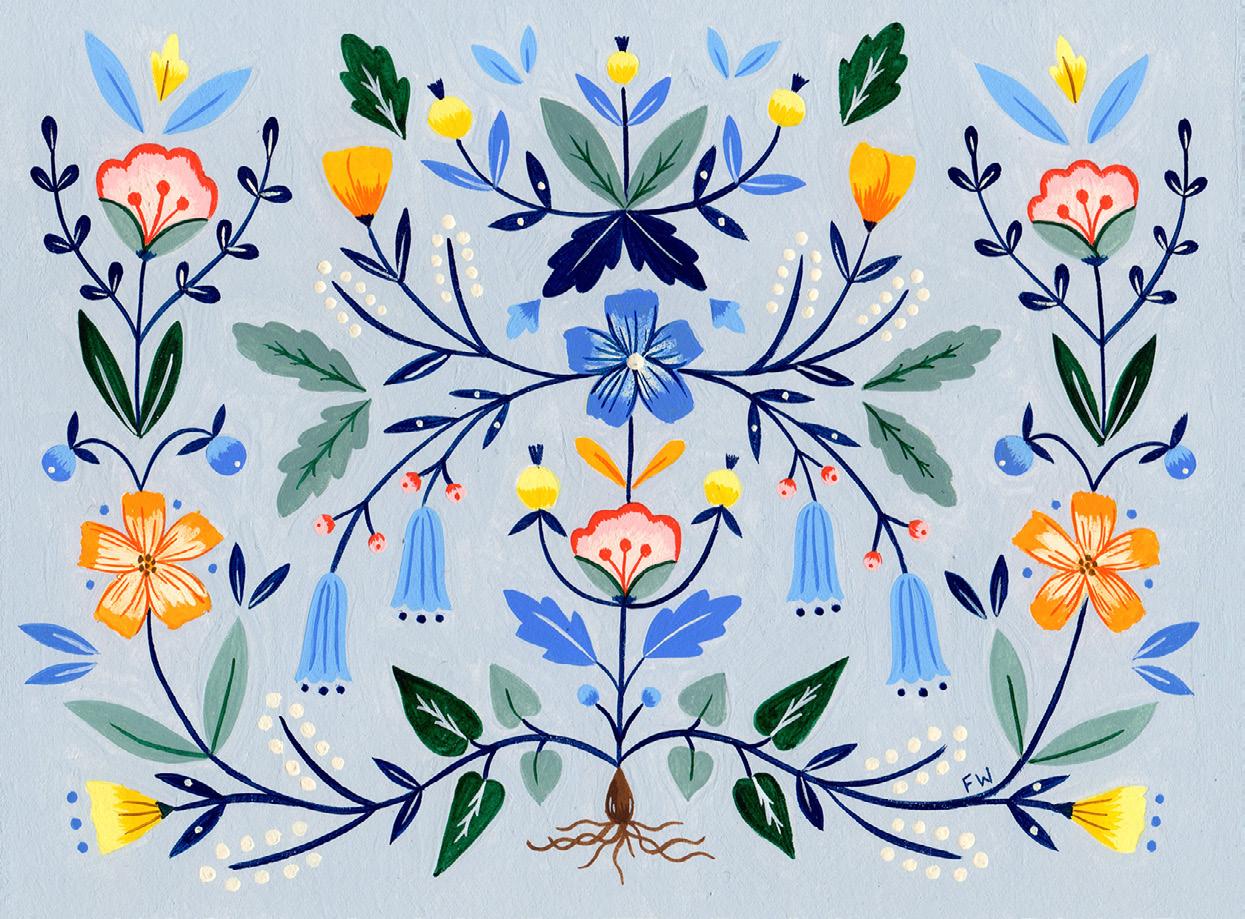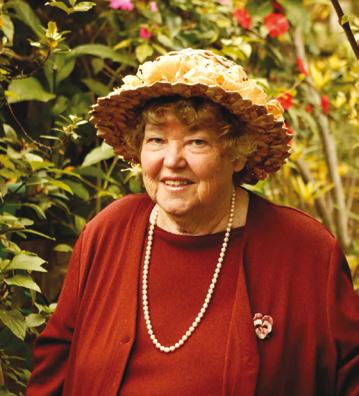OUR PLANTS OUR FUTURE
DONATE TODAY
DIRECTOR OF RESEARCH AND CHIEF BOTANIST DR BRETT SUMMERELL REFLECTS ON THE IMPACT OF DROUGHT, BUSHFIRE AND COVID-19 ON THE BOTANIC GARDENS, AND ONGOING THREATS TO PLANTS AND ANIMALS
T
he past year has been a rough time for plants in Australia, with 2019 being the hottest and driest year on record, and millions of hectares of bush and billions of plants devastated in the 2019/20 bushfire season. Our Botanic Gardens, and the work we do conserving plants, have been heavily impacted by these events. All our Gardens are in desperate need of a sustainable water supply to ensure resilience from the impacts of climate change. The recent Gospers Mountain bushfire directly impacted the Blue Mountains Botanic Garden Mount Tomah and the Tomah Spur bushland that we look after. Many experimental sites, where we were rewilding at-risk threatened species, were burnt and will take time to replace or recover. The impact on the Gardens and their dedicated staff has been immense. But botanic gardens are resilient, as is the Australian bush, and there is a huge need for our reflective spaces and for the expertise of our staff. Our Gardens are important places for people to restore their relationship with a harsh world, which is an essential requirement when dealing with issues like drought, bushfire and now COVID-19. There is no sign of these difficulties letting up, and the importance of our Botanic Gardens as spaces of inspiration and reflection is likely to grow over time. 12 THE GARDENS WINTER 2020
The Royal Botanic Garden Sydney is Australia’s oldest scientific organisation, and experts have been researching and documenting Australian plants for 204 years. In all this time, it is hard to think of a time when our expertise has been more needed. The task ahead to ensure Australian plants are not forced into extinction is massive, and is expected to become more difficult as global temperatures rise and rainfall becomes less reliable. We are very fortunate to have had support to create facilities such as the Australian PlantBank, and programs to collect, understand and
store seed in our seed vaults, but it is clear we urgently need to do more. Foundation and Friends of the Botanic Gardens (and Friends of the Gardens before that) have assisted us with these programs and activities for years. Our impact would be much less, and our capacity all the poorer, without this support. We are grateful for this partnership, which will allow us to expand our work to maintain resilient, sustainable gardens, and protect and conserve plants (and the animals that depend on them) in the natural world. Dr Brett Summerell













